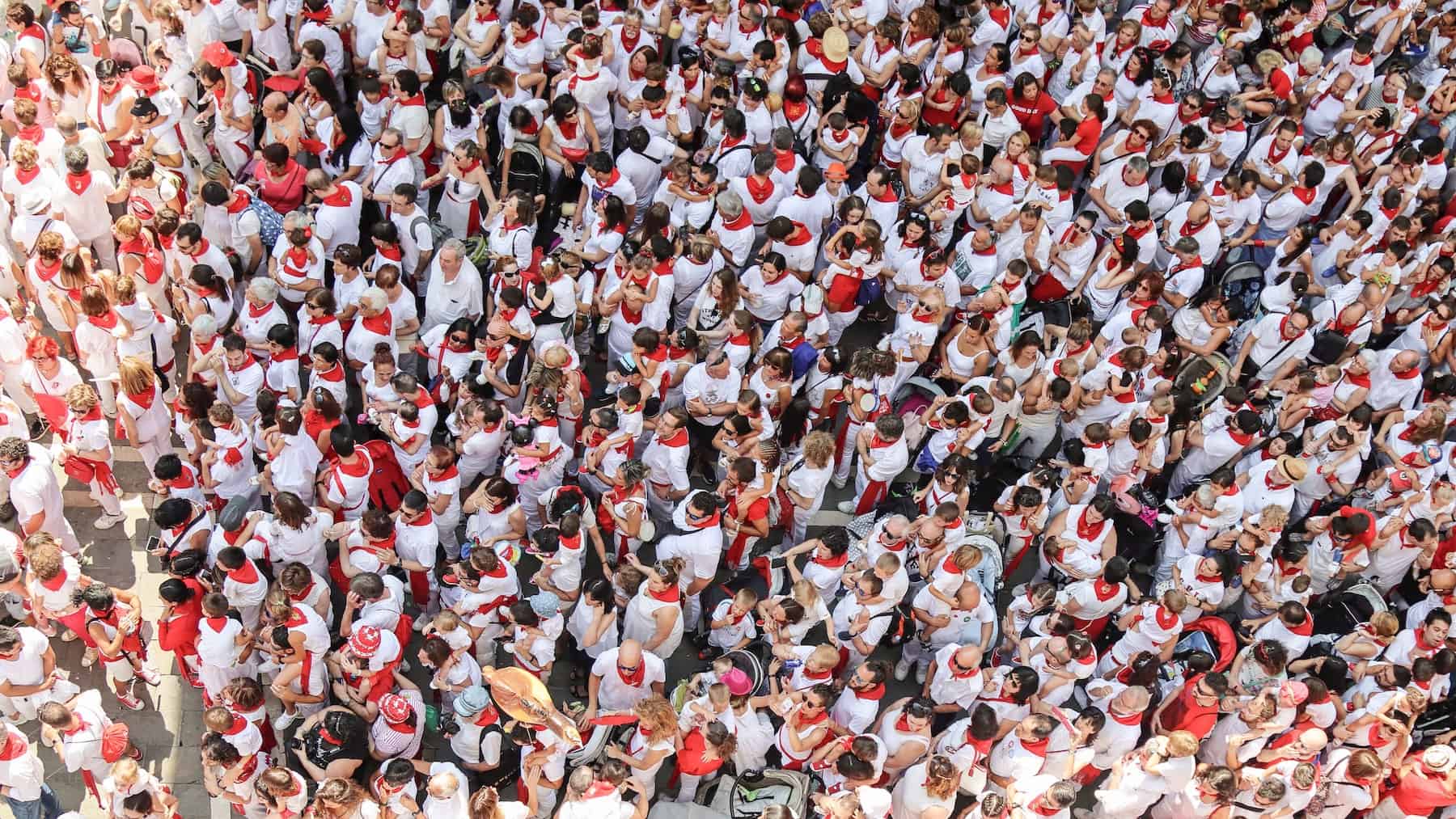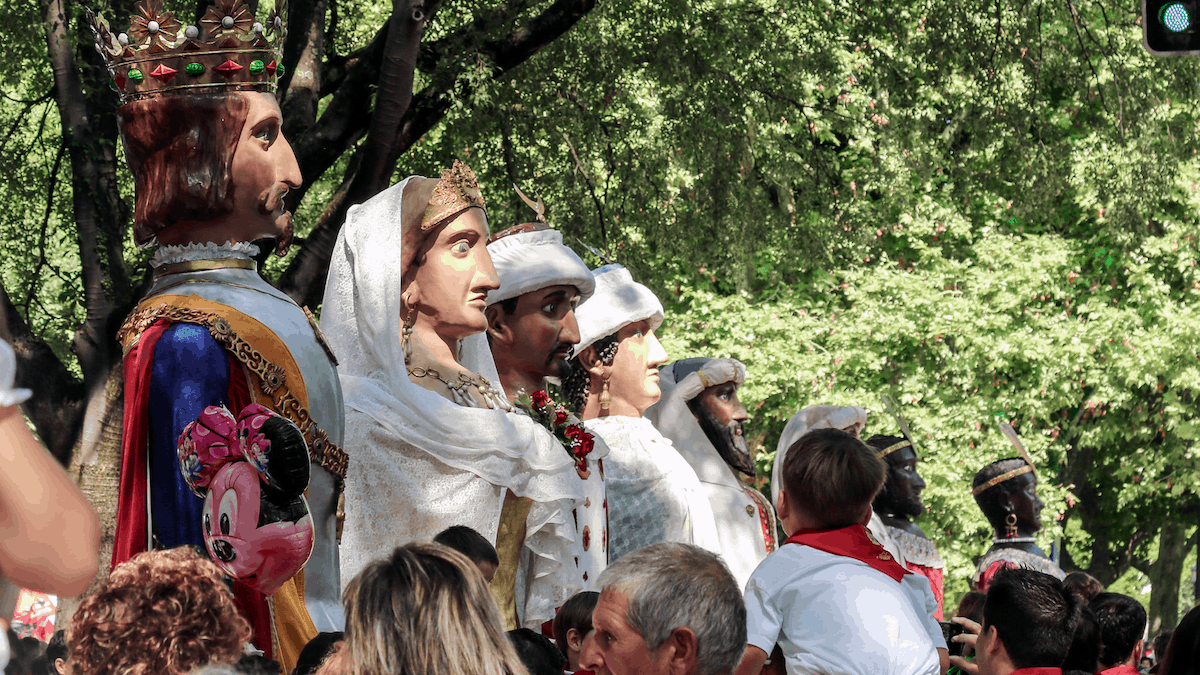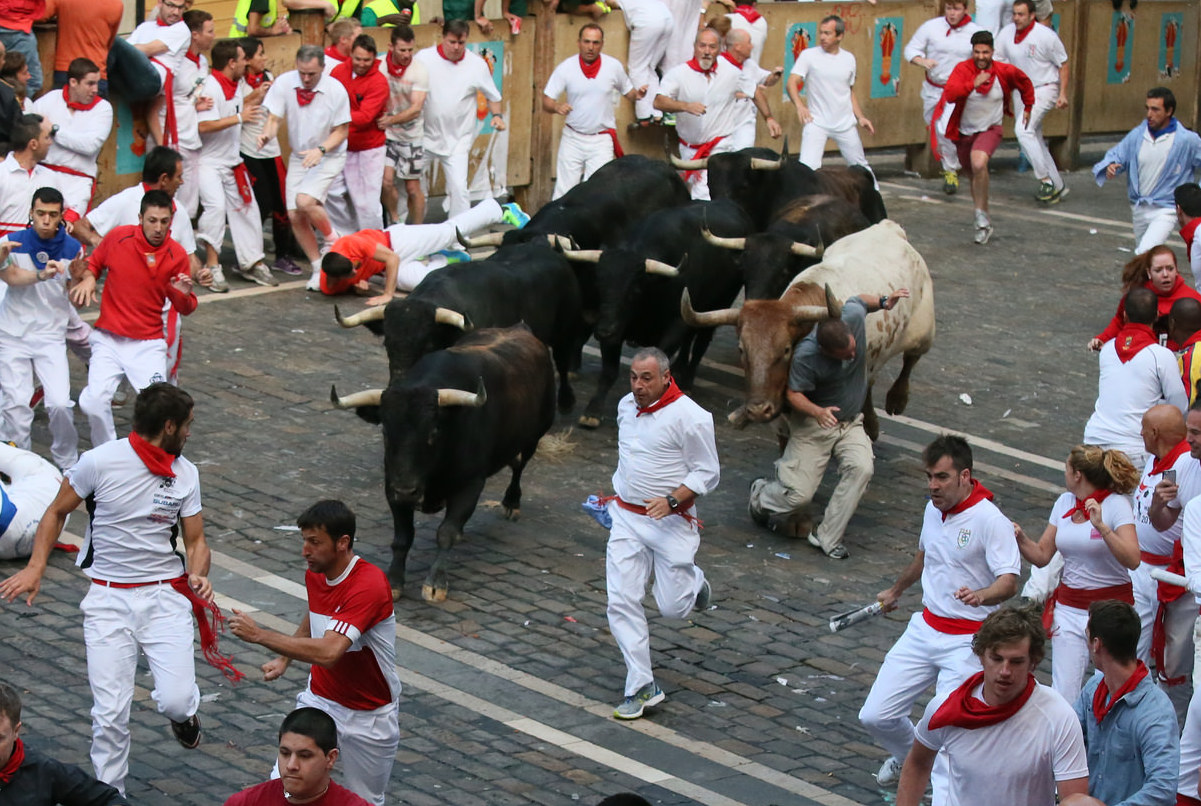SPAIN
Running of the Bulls
By Hayley Hornak
New Britain, CT, United States
What do a third-century saint, giant puppets and stampeding bulls have in common? They are all part of the Festival of San Fermín in Pamplona, Spain. It was originally only a two-day event but now runs for nine days every year starting on July 6.
It’s All About the Race
The tradition of the running of the bulls began during the early 14th century. Known as el encierro in Spanish, it involves six bulls and hundreds of people. A rocket goes off at 8 AM to signal the release of the animals, who then charge forward through four narrow streets of Pamplona’s old quarter. Anyone who is at least 18 years old and healthy can try to run alongside the bulls. Tall wooden fences guide the herd and provide a bailout for the runners.
The distance of the course is about 875 meters, and the race typically lasts two to four minutes. Most runners are surprised by how fast the bulls are. Despite weighing 1200 pounds or more, at average speeds of 15 miles per hour, they can easily overtake their human competitors.
Growth in Popularity
It was through the novel by American writer Ernest Hemingway that San Fermín’s fiesta developed its popularity. The publication of The Sun Also Rises in 1926 drew international attention to this unique event that now draws one million tourists. They come from all over the world but are identifiable by the unofficial uniform of the San Fermín reveler — white shirt and pants with red scarf and sash. This color combination honors both the martyrdom (red) of the festival’s patron saint (white) as well as the historic butchers who first escorted bulls through town.

Other Availa-bull Events
Where do the giant puppets come in? After the bulls have completed their part in the festivities, a parade starts. Performers carry eight 13-foot-tall wooden puppets called gigantes. Made of wood and papier-maché, the puppets were created in 1860 to represent royalty from different regions of the globe. The procession is accompanied by music, dancing, and other costumed figures.

Stampeding bulls and parading puppets aren’t the only ways that festival-goers celebrate Saint Fermín. Making a large noise figures into the middle of the week during el struendo. People gather together one minute before midnight with musical instruments, whistles, and drums to make as loud a collective noise as possible. Also, spectacular fireworks illuminate the sky every night of the week. During each day, competitions take place in traditional sports like stone lifting and wood cutting.

This week of raucous fun ends with a solemn event called the Pobre de mi. Removing their red scarves and raising candles above their heads, the crowd sings,
Poor me, poor me, for the festival of San Fermín has ended.
Then everyone goes home to spend 358 days resting up for next year.
Have a suggestion for this story? We’d love for you to submit it!


Blank
Blank
Math Resources
Learning Activity for Grade 6: Ratios and Proportional Relationships
Sample Questions:
- Carlos is running with 15 friends. By the halfway point, he only sees nine friends still running with him. How many of his friends have bailed out by jumping over the fence?
- Amanda has traveled from the United States to run with the bulls. While waiting to start the race, she is talking to other nearby runners. She meets people from four countries in the Americas, seven countries in Europe, and five countries in Africa. How many countries are represented in this group?
- After the race, eight huge puppets appear. If the puppets are 13 feet tall and you are 4 feet tall, how much taller are the puppets than you?
- Ana invited 27 friends from college to enjoy the Festival of San Fermín. Three of the friends can stay at Ana’s, but the rest rented nearby homes. If four homes are rented for everyone who cannot stay with Ana, how many people, on average, will stay at each one?
Extension Question
Each running of the bulls ends with the animals herded into a bullfighting arena. Supporters of bullfighting see it as an historic art form, while critics view it as cruelty. Which side of the issue do you agree with? Why?
Explore Further
- Two-minute video of the running bulls
- More information about the San Fermín Festival
- Website of the town of Pamplona
- Magazine story on the history of running the bulls
- Slideshow of the San Fermín Festival
Share Your Story
Write your own Global Math Story and send it to us!
Sorry, the comment form is closed at this time.